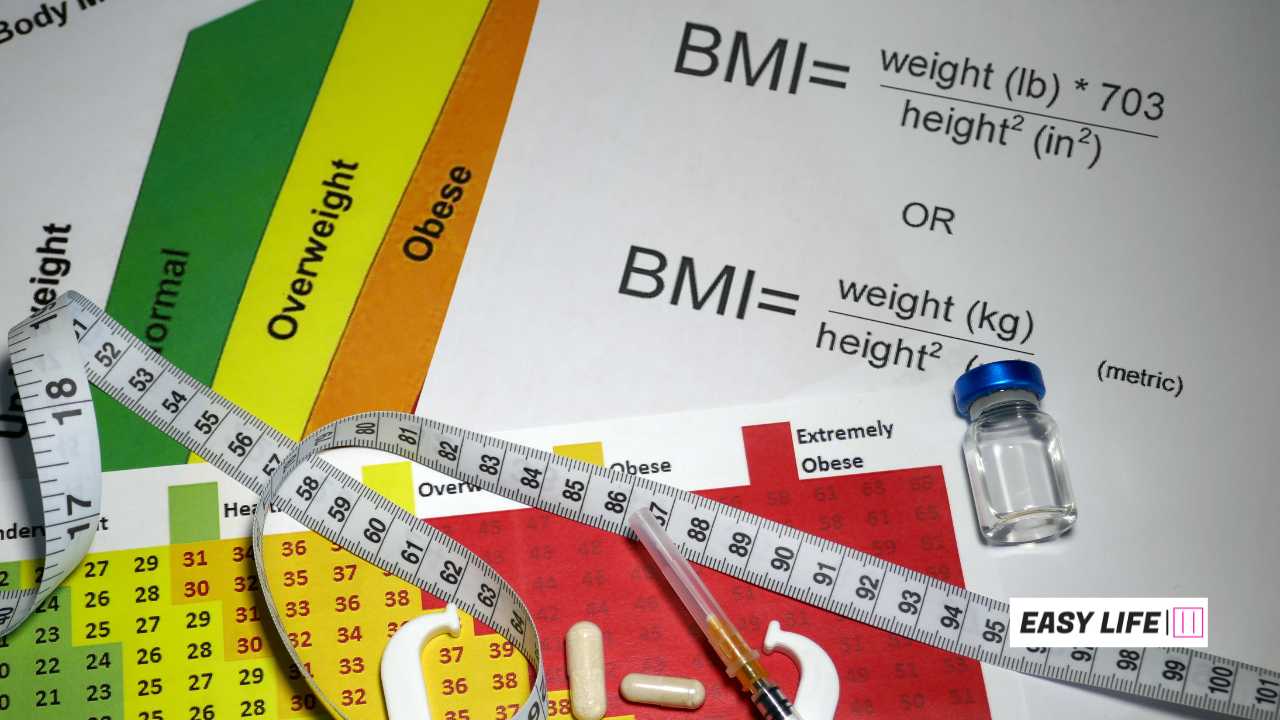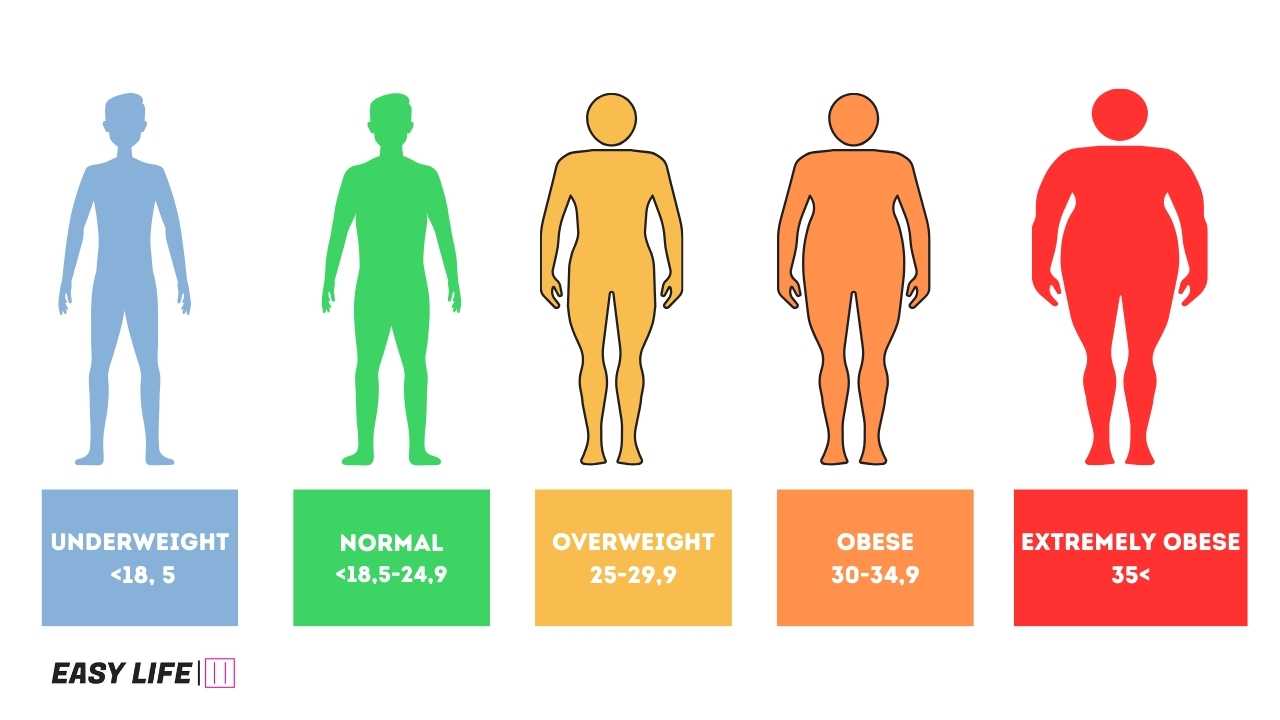Obesity is a complicated public health issue with far-reaching implications. Accurate measurement of obesity is critical for tracking its prevalence, understanding its causes, and designing effective therapies. The body mass index (BMI) is the most often used measurement, however it has drawbacks. This article investigates several obesity measures, their benefits and drawbacks, and the need for a more complete strategy.
Table of Contents
ToggleUnveiling the Metrics: A Comprehensive Guide to Obesity Measure
Body Mass Index (BMI)
BMI is a simple formula based on weight and height. It gives an overall indication of body fatness but does not distinguish between muscle and fat mass. This can be deceiving because people with a lot of muscle mass may have a high BMI despite having a good body fat proportion. Individuals with little muscle mass may have a normal BMI despite having unhealthy levels of body fat.

Limitations of BMI:
- Doesn’t account for body composition: BMI doesn’t differentiate between muscle and fat, leading to misclassification for individuals with high muscle mass or low muscle mass.
- Doesn’t consider age and sex: BMI thresholds for obesity are the same for adults of all ages and sexes, overlooking variations in body fat distribution patterns.
- Doesn’t capture regional fat distribution: BMI doesn’t distinguish where fat is stored, with abdominal fat posing greater health risks than peripheral fat.
Beyond the Scale: Additional Measures
Recognising the limits of BMI, academics and healthcare professionals are looking into alternative and complementary measurements of obesity. This includes:
- Waist circumference: Measuring waist circumference provides a direct indication of abdominal fat, a significant risk factor for chronic diseases.
- Body fat percentage: Bioelectrical impedance analysis (BIA) or dual-energy X-ray absorptiometry (DXA) can measure body fat percentage more accurately than BMI.
- Hip-to-waist ratio: This ratio compares waist circumference to hip circumference, providing an indicator of central obesity.
- Neck circumference: Increased neck circumference, especially in men, is associated with an increased risk of cardiovascular disease and metabolic syndrome.
Emerging Technologies: 3D Body Scanning
- Technological Advancements: In the age of innovation, 3D body scanning has taken the stage. We’ll look at the technology underlying it and predict potential advancements in obesity assessment.
- Applications in Healthcare: How can 3D body scanning be applied in healthcare settings? This section investigates its function in personalised health evaluations and its bright future.
Challenges and Controversies in Obesity Measurement
- Ethnic and Gender Disparities: Universal metrics encounter difficulties in resolving racial and gender differences. We’ll look at the intricacies and cultural forces that determine perceptions of obesity.
- B. Psychological Impact: Obesity measurement is more than simply a physical check; it also bears emotional significance. This section discusses the psychological impact of obesity assessment and the value of sensitive interactions in healthcare.
Navigating Obesity in the Digital Age
- Apps and Wearables: Technology plays a role in self-monitoring obesity measures. This section evaluates the reliability of digital tools and their impact on individual health management.
- Big Data in Obesity Research: In the digital age, big data drives obesity research. How can data analytics help us comprehend population trends? We will look at the potential and ethical implications.
Tailoring Solutions: Personalized Approaches to Obesity Measure
- Precision Medicine in Obesity: One size does not fit all. Precision medicine provides personalised techniques for obesity management. Genetic factors play a role, and we’ll discuss their significance.
- Integrative Healthcare Models: Obesity demands a collaborative approach. This section discusses integrative healthcare models that address diverse health needs and foster holistic well-being.

The Future of Obesity Measurement
- Innovations on the Horizon: The future seems promising, with predictive analytics impacting obesity trends. What innovations can we expect in measurement technology, and how will they change the landscape?
- B. Holistic Health Policies: Shaping policies based on comprehensive measures is pivotal. This section discusses the role of public health initiatives in combating obesity and fostering a healthier society.
A Comprehensive Approach
No single measure can fully represent the complexities of obesity. A comprehensive approach that combines various measures along with individual health history and clinical examination is necessary for accurate assessment and personalized management.
Conclusion: Obesity Measures
Moving beyond BMI is critical for successfully combating obesity. By using a broader set of indicators and taking individual characteristics into account, we can acquire a better knowledge of obesity and develop more focused interventions to enhance health and well-being.
Here are some additional points to consider:
- The significance of setting age- and gender-specific BMI criteria for children and adolescents.
- Genetic and environmental factors influence body fat distribution and obesity risk.
- The need for culturally sensitive approaches to obesity assessment and treatment.
By admitting BMI’s limitations and adopting a more comprehensive approach. We can move towards a future where obesity is prevented and effectively managed, promoting health and well-being for all.









